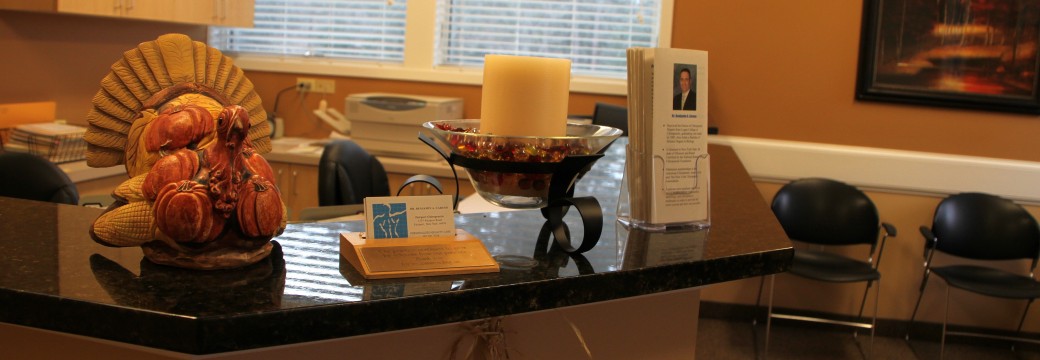Sciatica
Sciatica is an inflammation of the sciatic nerve, the longest nerve in the body. It runs from the lower spine, through the buttocks, and down the leg into the foot. When the sciatic nerve is inflamed it can cause numbness, tingling, pain, or weakness in your lower back and/or leg. Generally sciatica is caused by:
Inflamed Joint: If a bone (vertebra) in your lower back is not moving properly
or is out of position, the joint can become inflamed and irritate
the sciatic nerve.
Bulging Disc: If one of the cushions (discs) between your vertebrae is
bulging, it can irritate the nerve and cause pain and discomfort.
Muscle Spasm: If a muscle in your lower back or buttocks is tightened or
spasmed, it can irritate or put pressure on the sciatic nerve.
All three of these conditions are effectively treated in our office with a combination of manipulation, therapy and functional restoration exercises.

